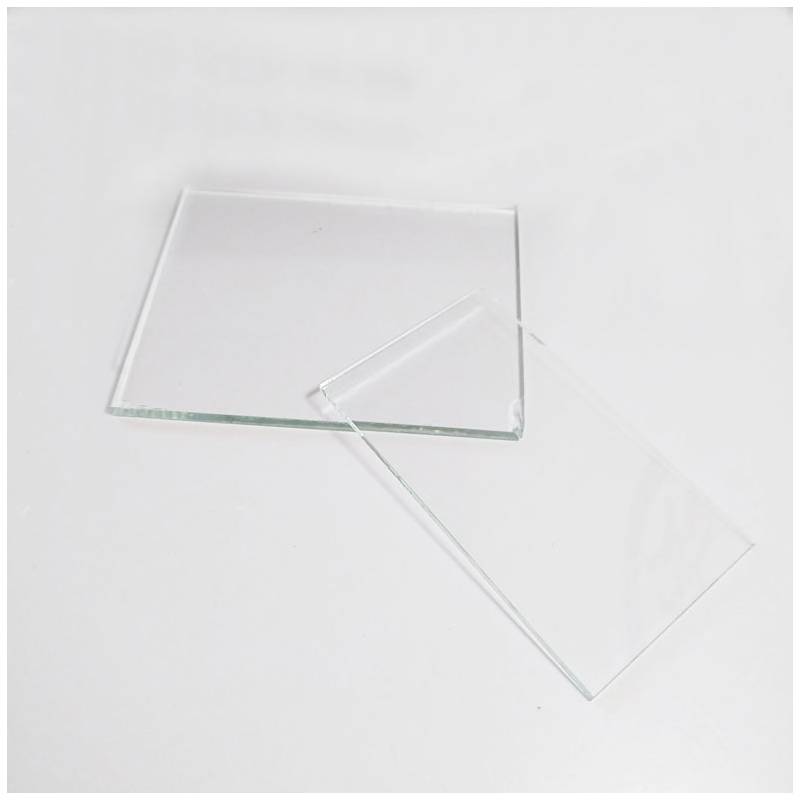The Cost Factors in Float Glass Production Line
The float glass production process is a highly intricate industrial operation that transforms raw materials into flat glass sheets through a series of meticulously controlled steps. Understanding the costs associated with establishing and operating a float glass production line is imperative for manufacturers seeking to optimize their production efficiency and profitability.
1. Initial Setup Costs
The initial setup costs for a float glass production line can be significant. Key components include the furnace, which melts raw materials such as silica sand, soda ash, and limestone. The furnace must be designed for high thermal efficiency and capacity to reduce energy consumption, which is crucial given that energy costs represent a substantial portion of operating expenses. The installation of auxiliary equipment, such as rollers, cutting machines, and annealing lehr, further adds to the capital expenditure.
2. Raw Material Costs
The choice and quality of raw materials can influence the overall cost structure. High-quality silica sand, for instance, is critical for producing clear glass, but it can be expensive depending on the source. Additionally, fluctuations in the prices of raw materials like soda ash and fluxing agents can impact the ongoing operational cost. Manufacturers often establish long-term relationships with suppliers to secure stable pricing and ensure consistency in quality.
3. Energy Costs
Energy consumption is a significant expense in float glass production. The melting process in the furnace requires substantial energy, typically in the form of natural gas or electricity. The total energy cost can be influenced by the efficiency of the furnace design and the local energy prices. Implementing energy-efficient technologies, such as regenerative burners or optimized production scheduling, can mitigate rising energy costs and enhance profitability.
4. Labor Costs
float glass production line cost
Labor costs associated with running a float glass production line can vary based on location, workforce skill level, and the degree of automation in the production process. While automation can reduce long-term labor costs, initial investments in technology and training can be high. A skilled workforce is essential for overseeing operations, quality control, and maintenance tasks, which are critical for minimizing downtime and ensuring product quality.
5. Maintenance and Operational Costs
Ongoing maintenance is another important cost factor. Float glass production lines require regular inspection and maintenance to ensure machinery operates efficiently and to avoid costly breakdowns. Consumable materials, such as refractory bricks and lubricants, also contribute to operational expenses. Additionally, manufacturers must account for waste management, as glass production generates certain by-products that need to be handled properly.
6. Environmental Regulations and Compliance Costs
As environmental awareness increases, float glass manufacturers face growing pressure to comply with stringent environmental regulations. Adapting production processes to meet these regulations often requires investments in new technology and equipment, such as emissions control systems. While these compliance costs can be viewed as an obstacle, they also present opportunities for innovation and improvement within the industry.
7. Market Conditions and Selling Price
Finally, the overall cost of a float glass production line can be influenced by market conditions. Supply and demand dynamics dictate selling prices, which can fluctuate based on market trends, competition, and economic factors. Manufacturers must be agile and responsive to market changes to maintain profitability.
Conclusion
In summary, the cost of establishing and running a float glass production line hinges on various interrelated factors—initial setup, raw materials, energy consumption, labor, maintenance, environmental compliance, and market conditions. Understanding these factors allows manufacturers to strategically plan their production processes, optimize their cost structures, and ultimately enhance their competitive advantage in the glass manufacturing industry. By focusing on efficiency and sustainability, producers can navigate the challenges of the market and position themselves for long-term success.
 Afrikaans
Afrikaans  Albanian
Albanian  Amharic
Amharic  Arabic
Arabic  Armenian
Armenian  Azerbaijani
Azerbaijani  Basque
Basque  Belarusian
Belarusian  Bengali
Bengali  Bosnian
Bosnian  Bulgarian
Bulgarian  Catalan
Catalan  Cebuano
Cebuano  Corsican
Corsican  Croatian
Croatian  Czech
Czech  Danish
Danish  Dutch
Dutch  English
English  Esperanto
Esperanto  Estonian
Estonian  Finnish
Finnish  French
French  Frisian
Frisian  Galician
Galician  Georgian
Georgian  German
German  Greek
Greek  Gujarati
Gujarati  Haitian Creole
Haitian Creole  hausa
hausa  hawaiian
hawaiian  Hebrew
Hebrew  Hindi
Hindi  Miao
Miao  Hungarian
Hungarian  Icelandic
Icelandic  igbo
igbo  Indonesian
Indonesian  irish
irish  Italian
Italian  Japanese
Japanese  Javanese
Javanese  Kannada
Kannada  kazakh
kazakh  Khmer
Khmer  Rwandese
Rwandese  Korean
Korean  Kurdish
Kurdish  Kyrgyz
Kyrgyz  Lao
Lao  Latin
Latin  Latvian
Latvian  Lithuanian
Lithuanian  Luxembourgish
Luxembourgish  Macedonian
Macedonian  Malgashi
Malgashi  Malay
Malay  Malayalam
Malayalam  Maltese
Maltese  Maori
Maori  Marathi
Marathi  Mongolian
Mongolian  Myanmar
Myanmar  Nepali
Nepali  Norwegian
Norwegian  Norwegian
Norwegian  Occitan
Occitan  Pashto
Pashto  Persian
Persian  Polish
Polish  Portuguese
Portuguese  Punjabi
Punjabi  Romanian
Romanian  Russian
Russian  Samoan
Samoan  Scottish Gaelic
Scottish Gaelic  Serbian
Serbian  Sesotho
Sesotho  Shona
Shona  Sindhi
Sindhi  Sinhala
Sinhala  Slovak
Slovak  Slovenian
Slovenian  Somali
Somali  Spanish
Spanish  Sundanese
Sundanese  Swahili
Swahili  Swedish
Swedish  Tagalog
Tagalog  Tajik
Tajik  Tamil
Tamil  Tatar
Tatar  Telugu
Telugu  Thai
Thai  Turkish
Turkish  Turkmen
Turkmen  Ukrainian
Ukrainian  Urdu
Urdu  Uighur
Uighur  Uzbek
Uzbek  Vietnamese
Vietnamese  Welsh
Welsh  Bantu
Bantu  Yiddish
Yiddish  Yoruba
Yoruba  Zulu
Zulu 

